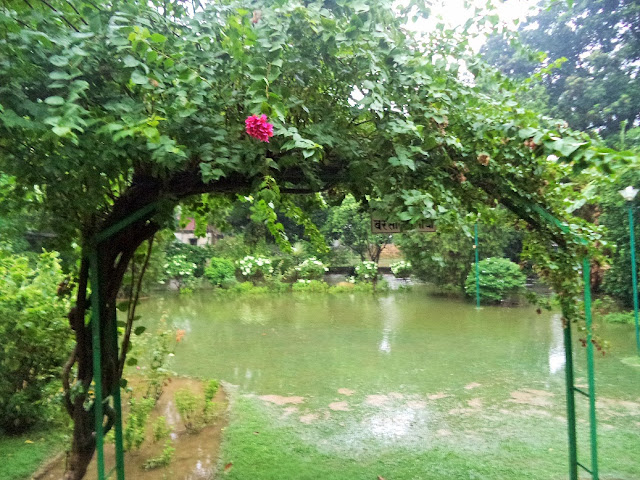I belong to that breed of doctors who graduated just as medicine was making a transition from a clinical art of questioning and examining a patient to arrive at a diagnosis to the present high tech investigation driven practice of medicine.
At Medical College, Trivandrum where I graduated, we had some astute professors in almost all the specialties who drilled us into the rigorous routine of taking a proper history and doing a detailed examination to arrive at a diagnosis. I do not want to take the names of my teachers as I would end up doing injustice to some whose names I could end up missing.
I write this as last week I got to see a patient who had a classical finding on clinical examination.
I was not the primary clinician for this elderly man.
As part of our training of working in resource poor environments, many of us in such settings end up doing ultrasounds on a regular basis. I do at least 5 ultrasounds per day which could stretch to 15 a day.
So, there was this gentleman, a wizened man of more than 70 years, who stretched on the ultrasound table. Although, I had not examined him, I usually ask questions about the complaints and try to make small talk to ensure that the patient is comfortable.
The guy had vague abdominal discomfort. However, as he pulled up his shirt, I was in for a surprise. There was well defined fullness in this right hypochondrium. I was taught that a major diagnosis to be ruled out when you see a fullness in the right hypochondrium was Carcinoma Gallbladder - the swelling was better seen than felt.
Well, that was the classical teaching. I don't know whether it still stands today.
Of course, ultrasound confirmed the dreaded diagnosis. Few snaps of the ultrasound pictures which I did not take well in the dim lit room.
I'm proud and thankful to my teachers who took pains to help us arrive at diagnoses using our senses than the technology available, which was expensive and hardly available for the poor.



































